What do GGC members do when the land is covered with snow and they can no longer work in their gardens? There is one intrepid band who has hiked together every Friday morning (unless there is a GGC presentation). Kathy Houghton is our leader. She picks out the trails, checks to make sure there’s ample parking at the trailhead, carries emergency supplies in her backpack, and is a wealth of information about forests and woodlands.
Kathy leads the way and can often be seen checking the end of the line to make sure everyone is accounted for. When we hiked into Sherwood Forest, the trail started out well packed so we all wore crampons. The further in we hiked, the deeper snow became. Kathy anticipated the problem and donned the snowshoes she had carried in and blazed a trail for us to follow.
We have learned so much about the land and the impact of the glacier that covered it 10,000 years ago. We walked on top of an esker on Great Brook Trail in New London. We learned that eskers are gravel ridges that were formed when a stream flowed though tunnels beneath the glacial ice and left sediment when it melted--lots of sediment. We get very excited when we find another esker.
We see tons of glacial erratics which are boulders that were picked up by the flowing ice and carried, often hundreds of miles, and ended up far from where they were formed.
Last week we hiked the White Pine and Webb Trails in New London and Wilmot and came upon the Wolf Tree Trail. Kathy told us that wolf trees were large trees that farmers left standing when they clear cut their land for farming and grazing. Their livestock benefited from the shade and sometimes acorns or nuts that the trees provided. Without having to compete with other trees for light and nutrients, these wolf trees grew to enormous sizes. Two hundred years ago many farmers left their lands* which were gradually reclaimed and became the forests we enjoy today. Wolf trees are distinct because they are hundreds of years older and much larger than the surrounding trees.
We came across an interesting phenomenon recently--raised footprints. Some folks had snowshoed near Beaver Pond in the Sawyer Brook Headwaters, probably weeks ago. After they compacted the snow, it hardened. The wind blew loose snow away and left the once sunken footprints standing three inches above the adjoining snow. After plunging knee deep into snow with every other step, we soon learned that walking on these strong protruding footprints kept us on top of the snow. I learn something new every day.
Each hike brings new delights and has its own special charm. Our hardy band hasn't let snow or freezing temperatures stop us as we enjoy the warmth and camaraderie in the safely distanced great outdoors. The garden club members in our hiking group include Kathy and her followers: Carol Currotto, Marcia Hanke, Leslie Keeling, Terri Munson (me), Sharon Parker, and Penny Willoughby.
Kathy leads the way and can often be seen checking the end of the line to make sure everyone is accounted for. When we hiked into Sherwood Forest, the trail started out well packed so we all wore crampons. The further in we hiked, the deeper snow became. Kathy anticipated the problem and donned the snowshoes she had carried in and blazed a trail for us to follow.
We have learned so much about the land and the impact of the glacier that covered it 10,000 years ago. We walked on top of an esker on Great Brook Trail in New London. We learned that eskers are gravel ridges that were formed when a stream flowed though tunnels beneath the glacial ice and left sediment when it melted--lots of sediment. We get very excited when we find another esker.
We see tons of glacial erratics which are boulders that were picked up by the flowing ice and carried, often hundreds of miles, and ended up far from where they were formed.
Last week we hiked the White Pine and Webb Trails in New London and Wilmot and came upon the Wolf Tree Trail. Kathy told us that wolf trees were large trees that farmers left standing when they clear cut their land for farming and grazing. Their livestock benefited from the shade and sometimes acorns or nuts that the trees provided. Without having to compete with other trees for light and nutrients, these wolf trees grew to enormous sizes. Two hundred years ago many farmers left their lands* which were gradually reclaimed and became the forests we enjoy today. Wolf trees are distinct because they are hundreds of years older and much larger than the surrounding trees.
We came across an interesting phenomenon recently--raised footprints. Some folks had snowshoed near Beaver Pond in the Sawyer Brook Headwaters, probably weeks ago. After they compacted the snow, it hardened. The wind blew loose snow away and left the once sunken footprints standing three inches above the adjoining snow. After plunging knee deep into snow with every other step, we soon learned that walking on these strong protruding footprints kept us on top of the snow. I learn something new every day.
Each hike brings new delights and has its own special charm. Our hardy band hasn't let snow or freezing temperatures stop us as we enjoy the warmth and camaraderie in the safely distanced great outdoors. The garden club members in our hiking group include Kathy and her followers: Carol Currotto, Marcia Hanke, Leslie Keeling, Terri Munson (me), Sharon Parker, and Penny Willoughby.
*Why did so many farmers abandon their farms? Here's a compelling reason:
The most destructive explosion in the past 10,000 years was the eruption of Mount Tambora in Indonesia in 1815. The resulting ash cloud caused periods of heavy snow and killing frost in June, July and August in 1816 in eastern North America. The cold weather led to crop failures and starvation during what became known as the Year Without a Summer. This was the breaking point for many hardy farmers who then headed west to New York, Ohio, and beyond.
The most destructive explosion in the past 10,000 years was the eruption of Mount Tambora in Indonesia in 1815. The resulting ash cloud caused periods of heavy snow and killing frost in June, July and August in 1816 in eastern North America. The cold weather led to crop failures and starvation during what became known as the Year Without a Summer. This was the breaking point for many hardy farmers who then headed west to New York, Ohio, and beyond.
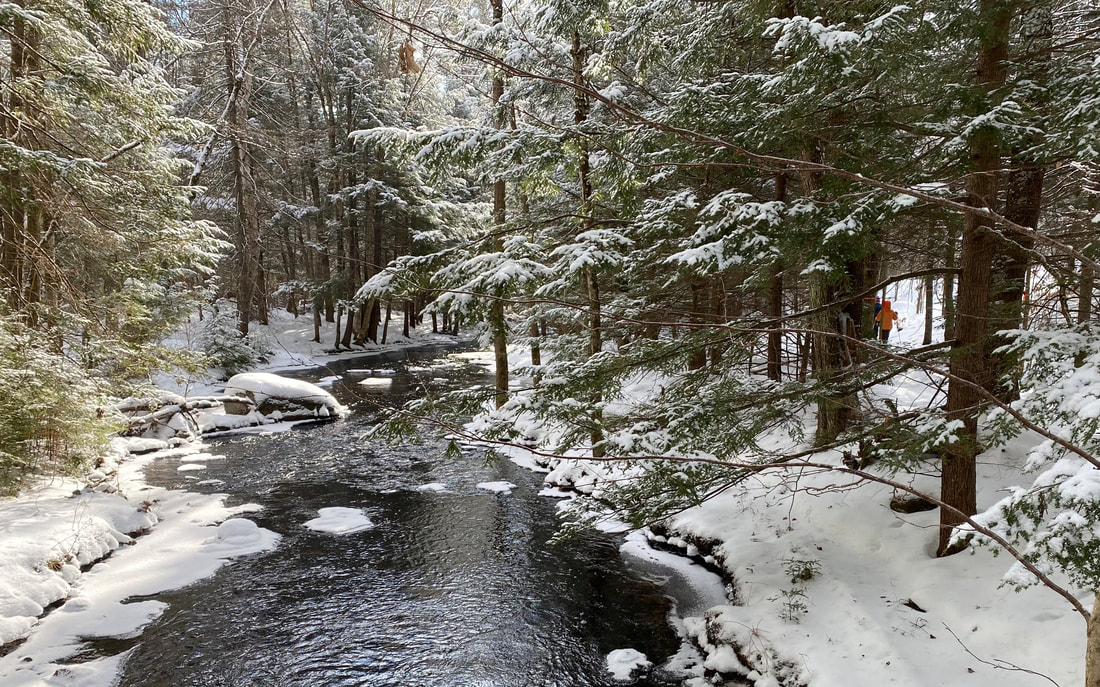 King Hill Reservation with a glimpse of Marcia in her orange coat
King Hill Reservation with a glimpse of Marcia in her orange coat

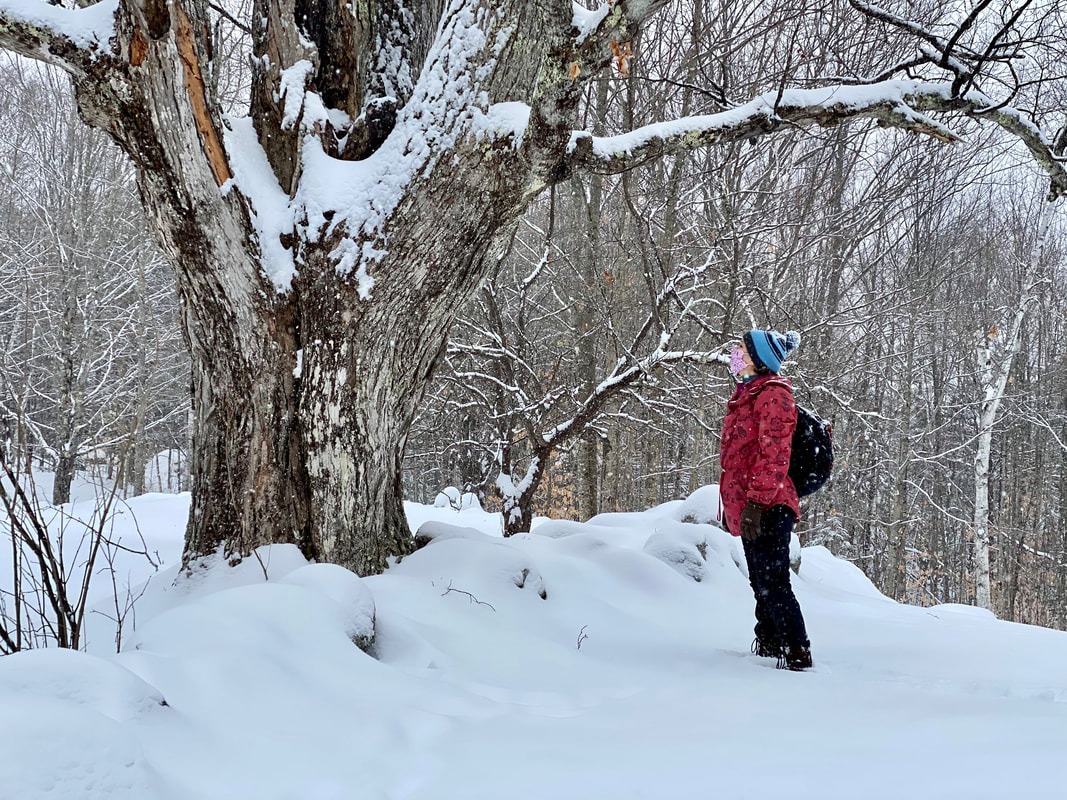
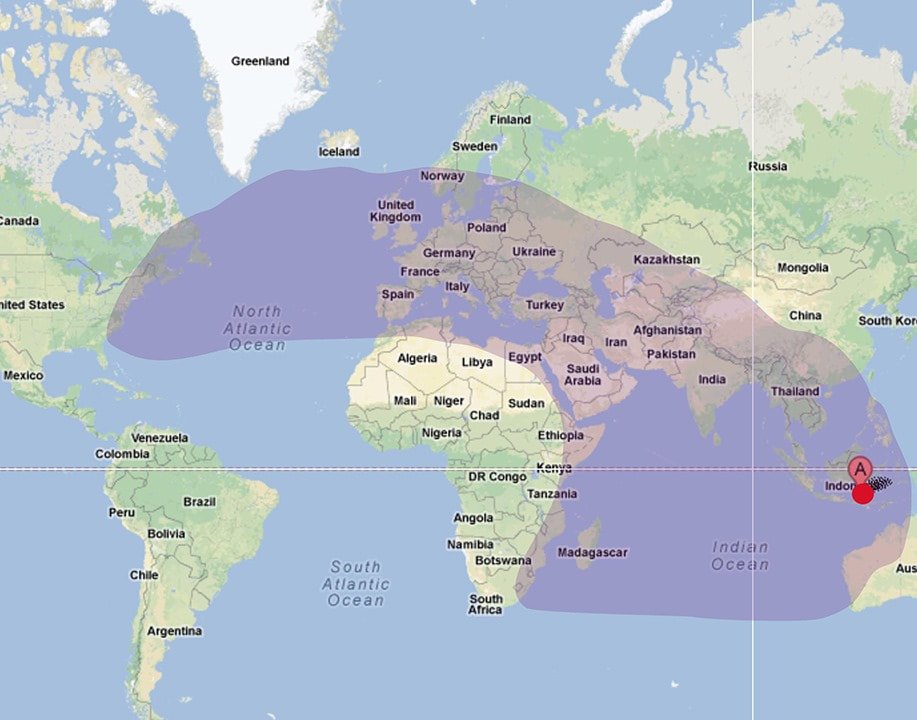
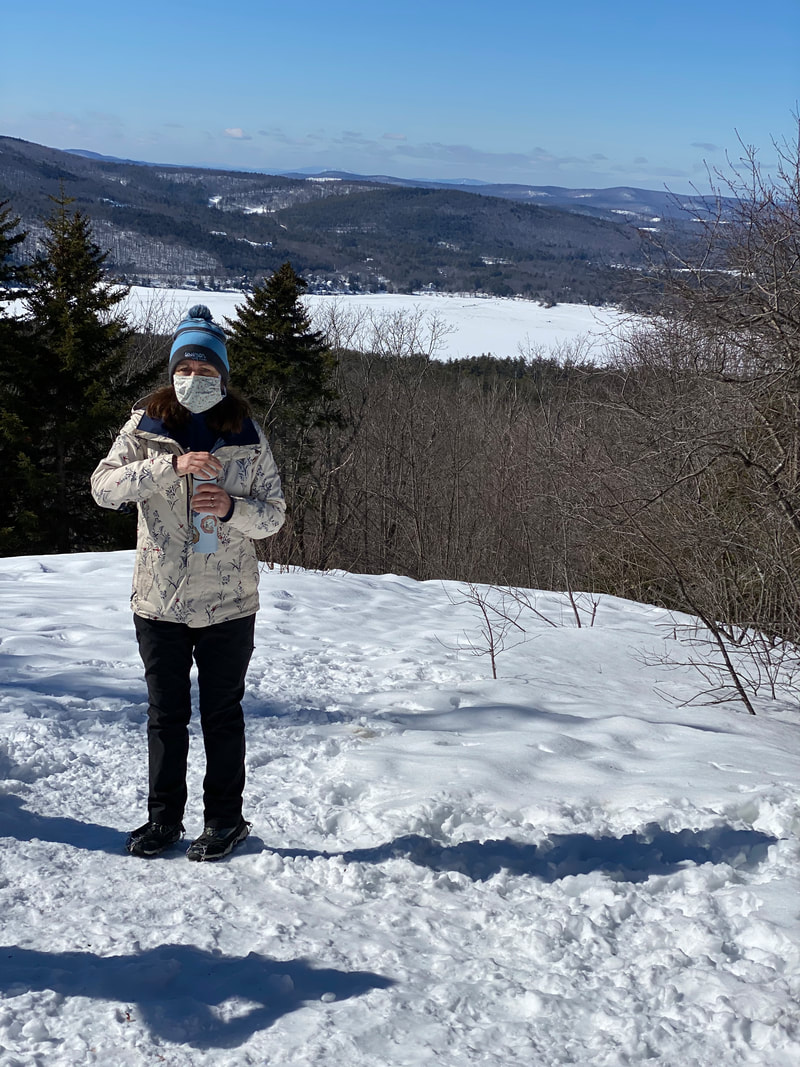
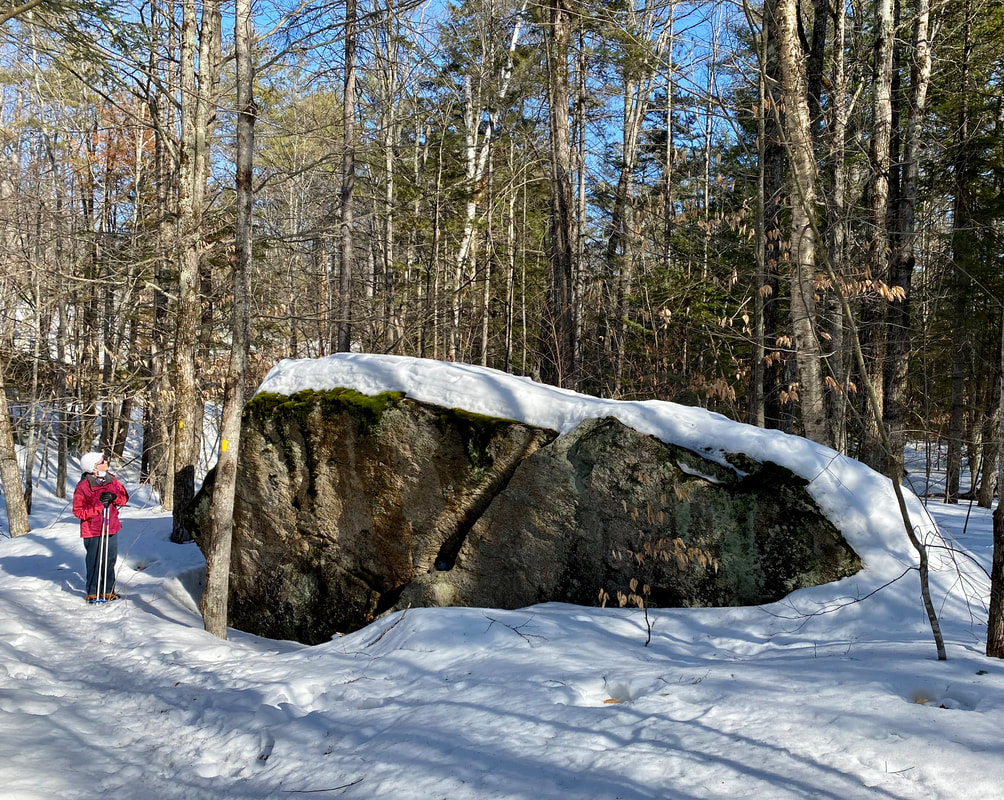
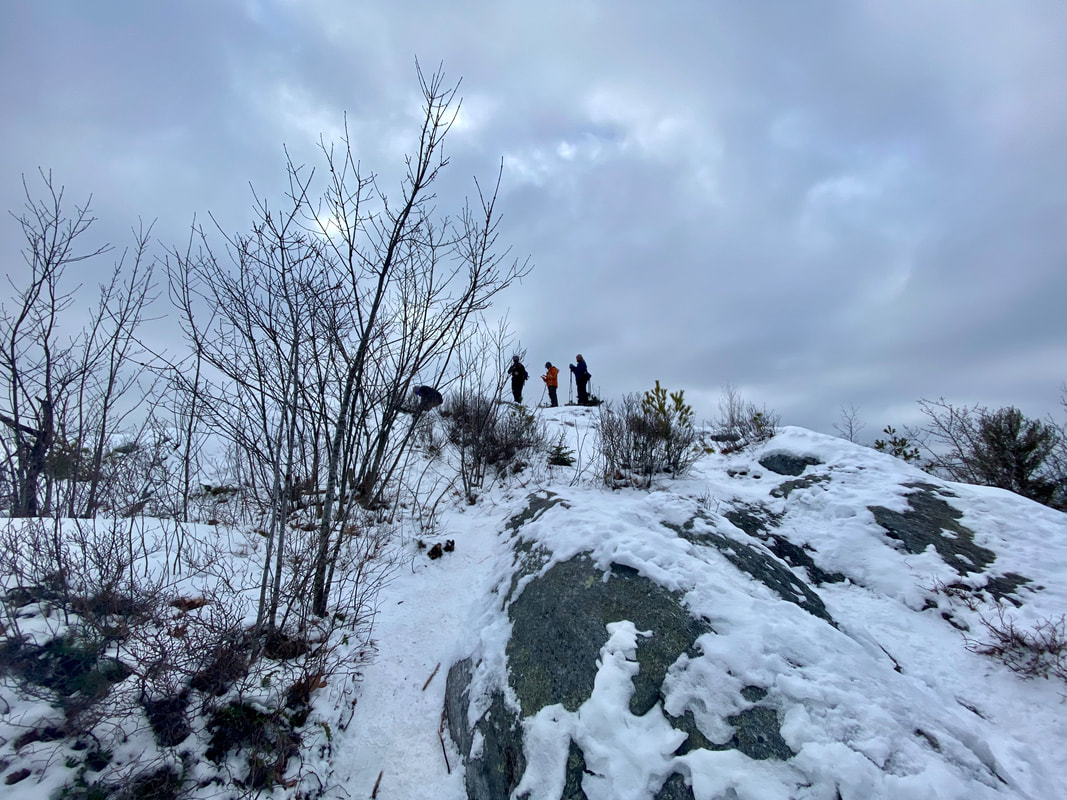
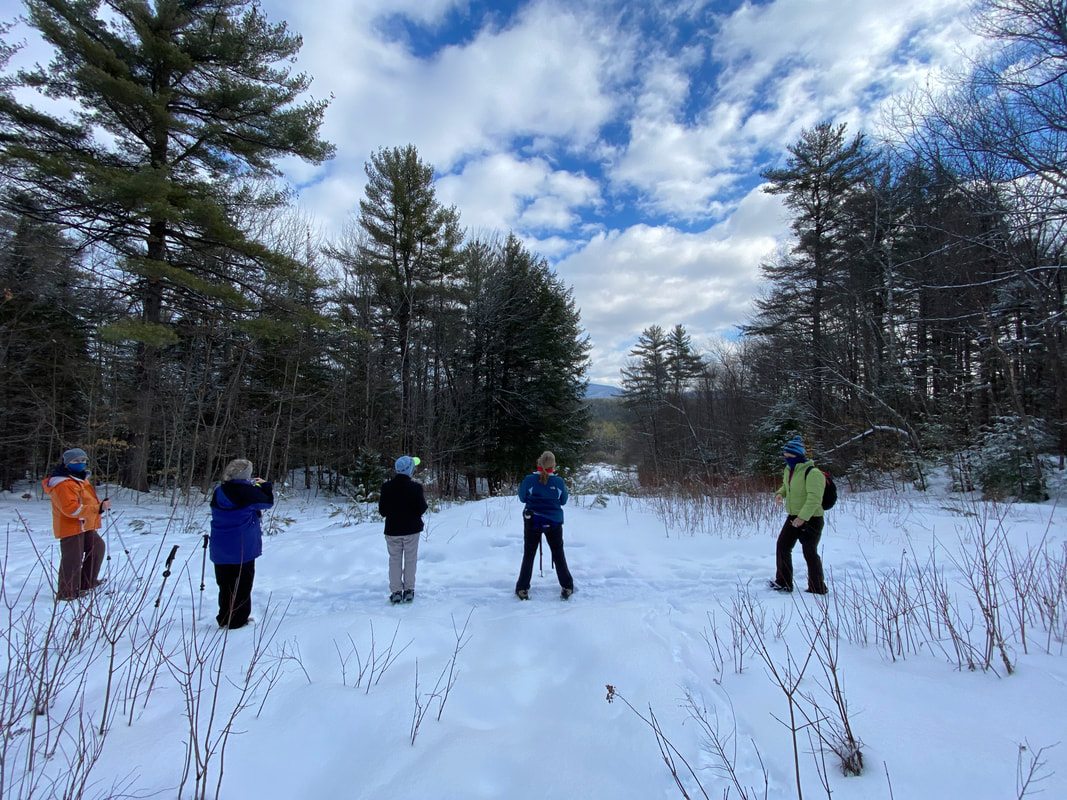
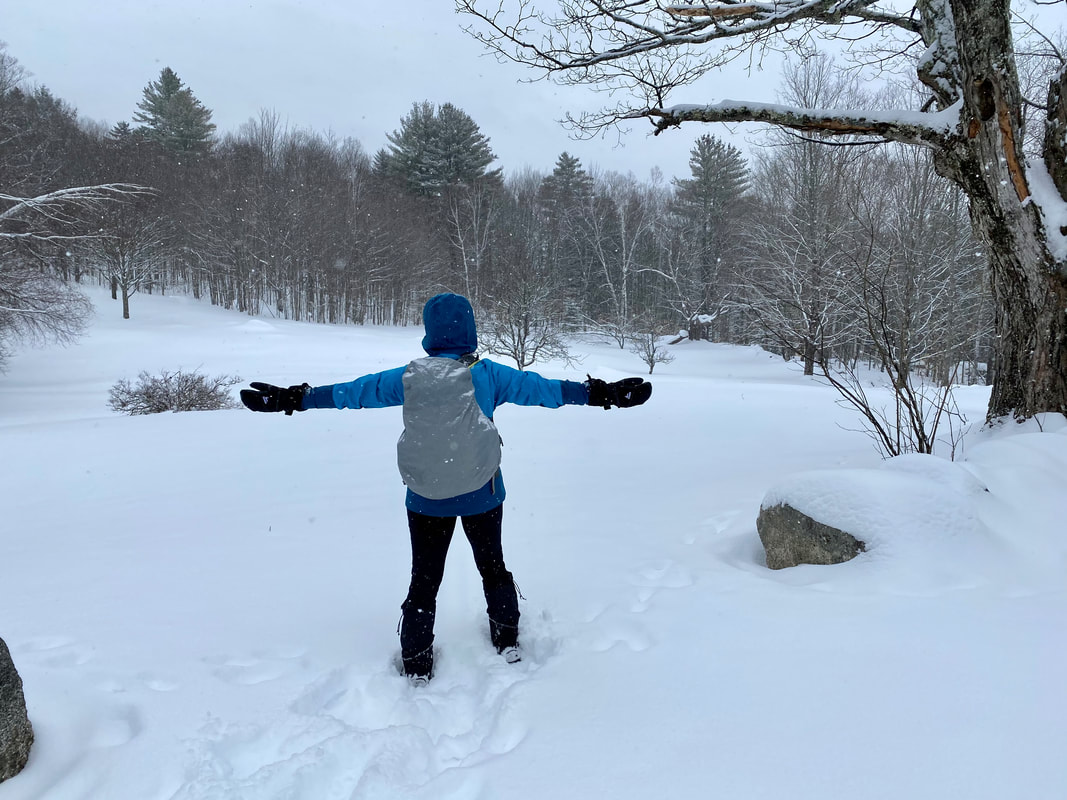
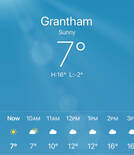
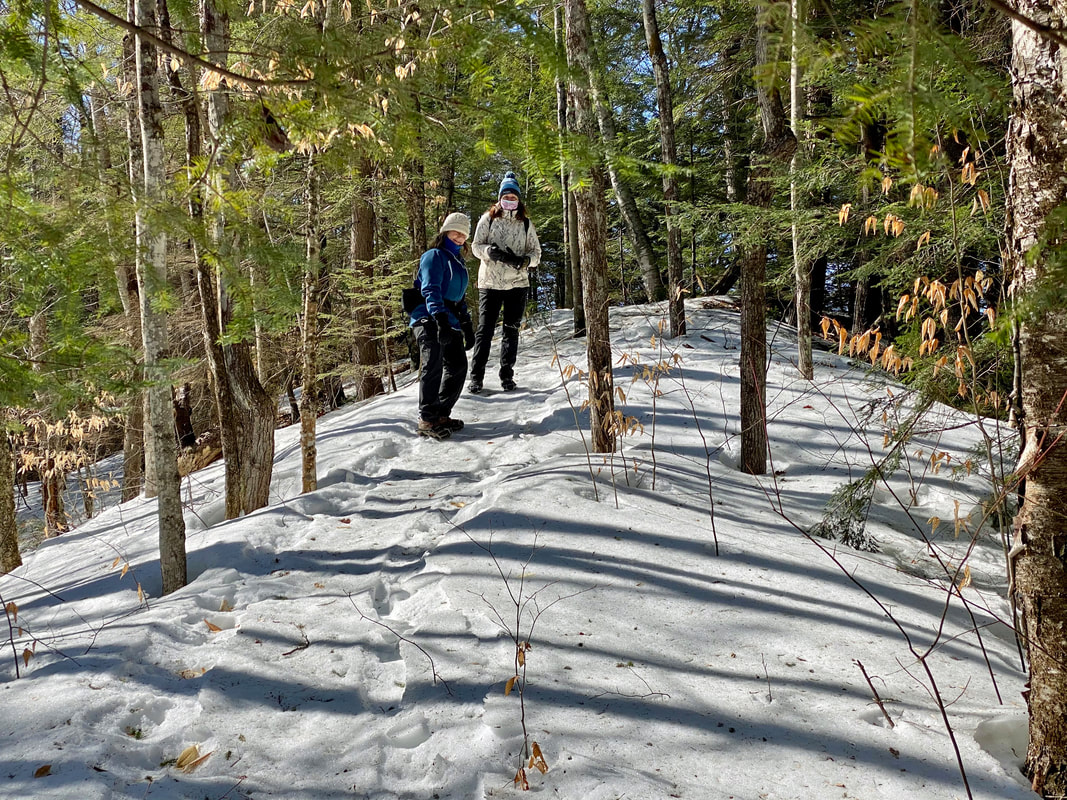
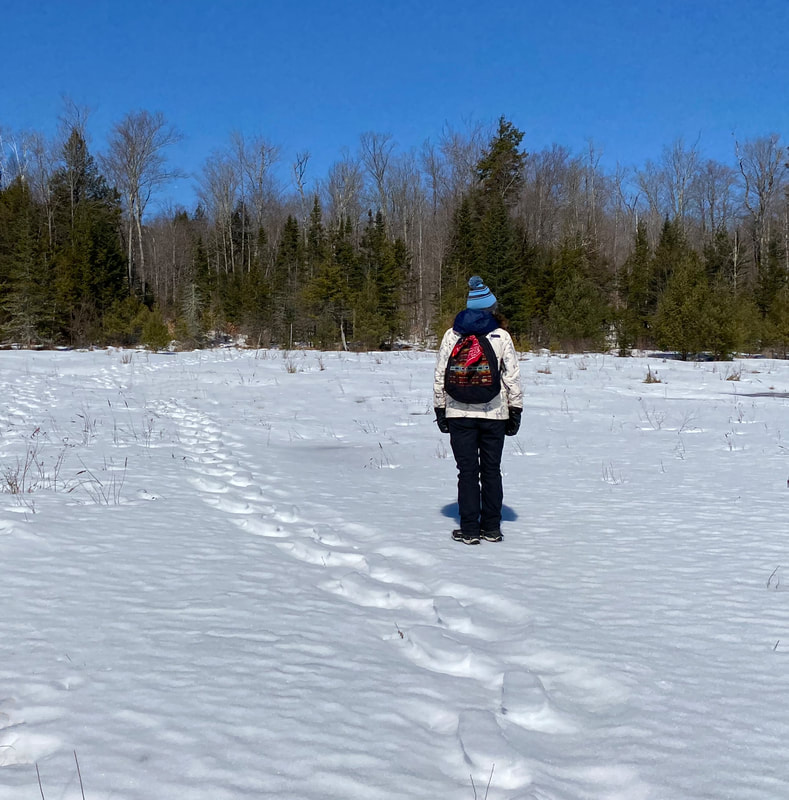
 RSS Feed
RSS Feed